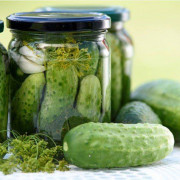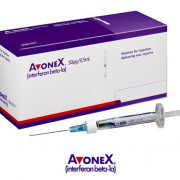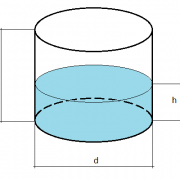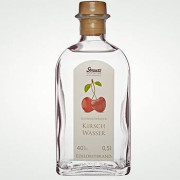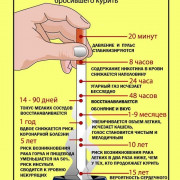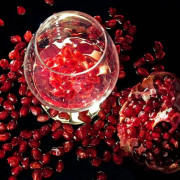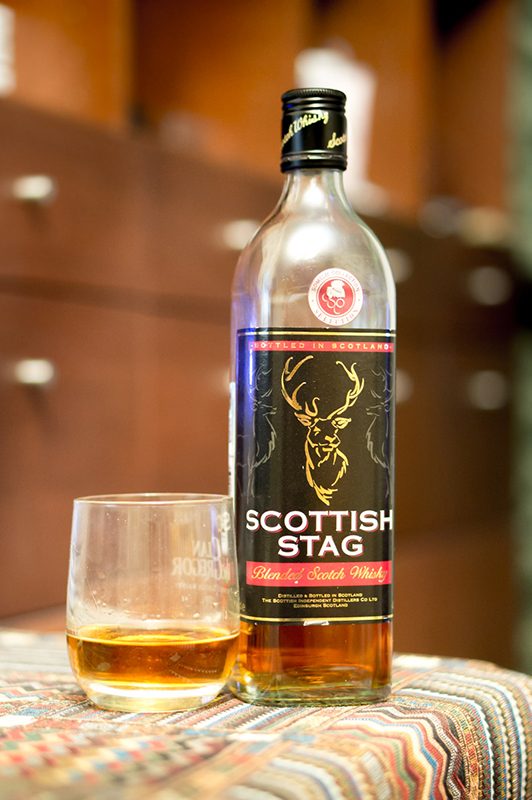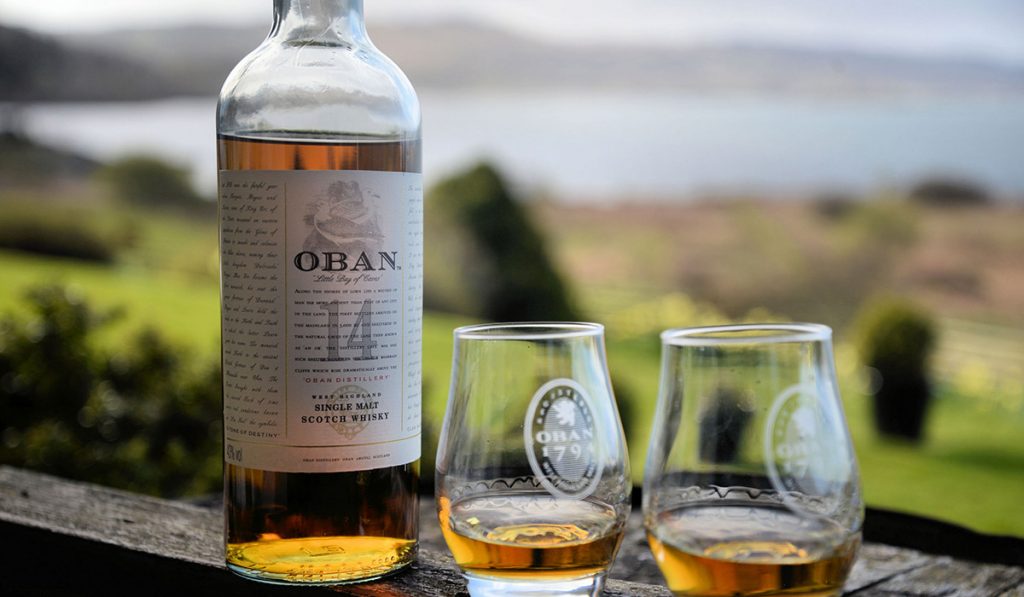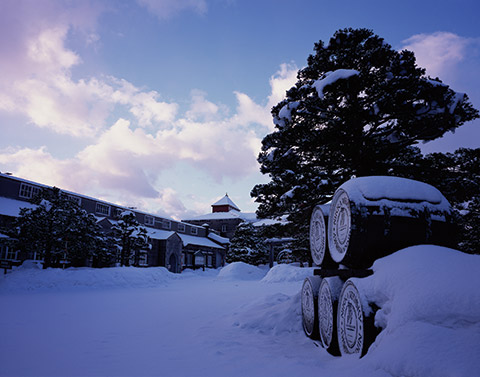Glen elgin distillery
Содержание:
The distillery
Glen Elgin Distillery nestles quietly in the heart of Speyside. Situated approximately 3 miles south of Elgin on the road to Rothes, it was the last distillery to be built during the boom years of the 1890s. The architect, Charles Doig, stated it would be the last one built in Speyside for 50 years. His prediction was remarkably accurate with Tormore being the next distillery built, in 1958.
Initially Glen Elgin did not have problems to seek. The owners, William Simpson, a former manager of Glenfarclas, and James Carle, an agent for the North of Scotland Bank, saw their investment of £13,000 plummet to £4,000 when they sold the distillery in 1901. The original site was chosen for its water source and close proximity to the railway line. Unfortunately the water source proved unreliable and permission for a railway siding was refused. The distillery soldiered on through several owners before becoming part of DCL in the 1930s. It was then licensed to White Horse Distillers Ltd.
Until the 1950s the distillery was entirely operated and lit by paraffin. All machinery was driven by a paraffin engine and a water turbine. It was a full-time job to keep the paraffin lights burning.
Today, the distillery still proudly depicts the White Horse emblem and is part of UDV’s «Elgin Group», along with Linkwood, Glenlossie and Mannochmore. The whisky is still a key component of White Horse blended whisky, which is exported to over 200 countries worldwide.
Development
In walking around the distillery you are struck by the contrasts in old and new, big and small.
The distillery has a huge storage capacity for malted barley. The 36 malt bins can hold 400 tonnes — more than the 3 other distilleries in the Elgin group combined. However the ISR (intermediate spirit receiver) which collects the spirit from the stills is very small and has to be pumped empty 3 times a day.
Recent investment has seen a new full lauter mash tun installed, replacing the old traditional tun with its geared rakes. The mash is now continually sparged as opposed to adding separate waters. The worts however are transferred to traditional wooden wash backs for fermentation.
The distillery’s floor maltings were decommissioned in the 1960s with the malt being supplied by large industrial maltings. However, worm tubs were retained for the cooling of the distillate.
Although the distillery has seen major refurbishment it retains the look and feel of a small, traditional distillery. There are no space-age computer panels and the highly regarded whisky continues to be made with a hands-on approach.
The stills and worms
The Glen Elgin spirit and wash stills are similar in size and shape, although the spirit stills have a flatter pot. There is a gentle incline on the lyne arms which lead outside to the worm tubs.
The distillery operates a balanced distilling process: each wash back provides 6 individual charges for the wash stills; two wash distillations make up the charge for a spirit distillation. This makes for a busy shift in the still house with 9 separate still charges to be made.
Using worm tubs to cool the distilled vapours, as opposed to condensers, adds a depth and richness to the spirit. An added bonus are the fresh water shrimp which thrive in the tubs.
Glen ElginSingle Malt Whisky
A ‘First Class’ malt much loved by blenders, Glen Elgin was for years most often tasted in the blended Scotch, White Horse. Today, once again, it is available as a splendid single malt, and as the summer house-martins swoop among the worm tubs at this traditional distillery on the edge of the Royal Burgh of Elgin, little seems to have changed in a hundred years.
As a Speyside malt, its style, of course, is smooth, mellow and sweetly honeyed. Soft spring water comes from the area of Millbuies Loch to the south-east of the distillery. Close your eyes as you nose a glass and you can almost see bees pollinating flowers, then honey-sweet and malty flavours dominate the palate — even a dash of tangerine fruitiness can be found.
«A superb whisky that deserves to be better known. Ranked as ‘top class’ by blenders.» Charles Maclean, whisky writer and expert.
THE DISTILLERY IN THE PAST
As many as a hundred malt whisky distilleries have been born in the green glens of Speyside, many of them, like Glen Elgin, in the boom years just before 1900.
But even as the new chimney stacks rose, trouble was brewing in the whisky industry. Glen Elgin’s designer, the renowned Elgin architect Charles Doig, made an apocalyptic prediction, that this would be the last distillery built on Speyside for fifty years. Even this turned out to be conservative; it was actually 60 years before Tormore became the next.
At least, in Glen Elgin, the last was saved for best. And, in fact, little has changed in a hundred years.
In the circumstances, that itself is a miracle. Work on the buildings began shortly before the 1898-99 collapse of Leith whisky blender, Pattisons, famously drove a buoyant market for malt whisky into recession. Local legend has it that many of the workers went unpaid and that the steeplejacks only got their money when they threatened to demolish the chimney stack. Glen Elgin’s next act was to impoverish its creators, who were forced to sell it for perhaps a quarter of its cost within a year of its eventually beginning production in May 1900.
Speyside’s newest distillery changed hands once more in 1902 and again in 1906, when it at last began a stable period of almost 25 years in the hands of Glasgow blender John J. Blanche. In the 1930s, it became part of Scottish Malt Distillers, for whom it was an important component of the well-known White Horse blend.
Innovations were rare during Glen Elgin’s first half century though one is of interest – the site had partly been chosen for its ability to make use of abundant water supplies from the Glen Burn to drive a turbine that provided most of the power needed to run the machinery. As a result, electricity from the national supply was not needed until 1950. The early 1960s brought much needed investment and four new stills were finally added to the original two. Glen Elgin became available as a single malt and exports of a 12 year-old expression, mainly to Italy and Japan, began in 1977.

